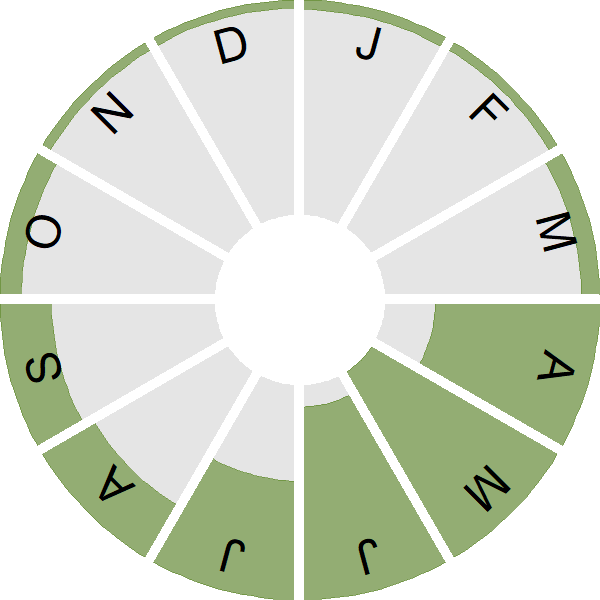Blackcap
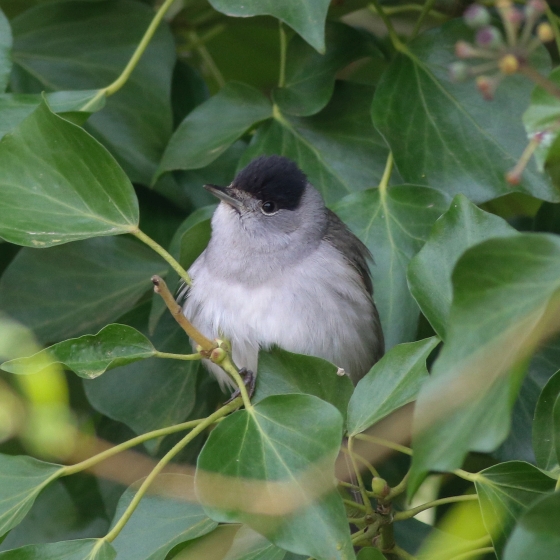
Introduction
This melodic warbler is widely distributed across Britain & Ireland through the breeding season, and increasingly in winter too.
Blackcap breeding numbers have steadily increased in the UK since the late-1970s, and have also expanded their breeding range throughout northern Scotland and the island of Ireland during this time. They are now absent only on the highest Scottish peaks and farthest flung islands.
In autumn, these breeding birds depart for southern Europe and are replaced by Blackcaps from central Europe. BTO research has helped show how garden bird feeding led to the evolution of this new migratory route and wintering strategy. Although widespread in winter, Blackcaps tend to be absent from the uplands at this time of year.
Blackcaps have a greyish overall appearance. The eponymous black cap is only found in the males; females and juveniles have a brown cap instead. The song is very similar to that of the Garden Warbler, but can be distinguished with practice. Blackcaps are found in parks, deciduous woodland and scrub, as well as at garden feeding stations.
- Our Trends Explorer gives you the latest insight into how this species' population is changing.

Key Stats
Identification
ID Videos
This section features BTO training videos headlining this species, or featuring it as a potential confusion species.
Warbler Identification Workshop Part 2: Blackcap & Garden Warbler
#BirdSongBasics: Blackcap and Garden Warbler
Songs and Calls
Song:
Call:
Status and Trends
Conservation Status
Population Change
Blackcap abundance in the UK has increased consistently since the late 1970s, a trend common to all habitats and evident from both the CBC/BBS and the CES indices. An extraordinary acceleration of the upward trend occurred from 2008 to 2013. Overall increase has occurred despite a reduction in habitat quality for Blackcap, and other species dependent on the understorey, brought about by deer browsing in young woodland (Holt et al. 2012d). The BBS map of change in relative density between 1994-96 and 2007-09 indicates that increase occurred widely throughout the UK range over that period. An even more rapid increase in Northern Ireland and in Scotland, where much new ground has been colonised (Balmer et al. 2013), is indicated by the most recent BBS trends. There has been an increase across Europe since 1980 (PECBMS: PECBMS 2020a>).
Distribution
Breeding Blackcaps are widely distributed throughout Britain and Ireland, with highest densities in lowland areas in southern Britain and in pockets throughout Ireland. Wintering numbers have increased steeply since the 1990s, with numbers peaking in gardens in late January or February.
Occupied 10-km squares in UK
2007/08–10/11
or view it on Bird Atlas Mapstore.
2008–11
or view it on Bird Atlas Mapstore.
European Distribution Map
Distribution Change
There have been extensive gains in the Blackcap's breeding range since the 1968–72 Breeding Atlas; the range has expanded in Ireland by a staggering 241%, and in Britain by 51%, with most of the British gains being in Scotland.
Change in occupied 10-km squares in the UK
from 1981–84 to 2007–11
or view it on Bird Atlas Mapstore.
from 1968–72 to 2008–11
or view it on Bird Atlas Mapstore.
Seasonality
Blackcap is a scarce winter visitor and common summer visitor, with a rapid arrival of birds in April when Blackcap song can be heard in many wooded habitats.
Weekly pattern of occurrence
The graph shows when the species is present in the UK, with taller bars indicating a higher likelihood of encountering the species in appropriate regions and habitats.

Habitats
Breeding season habitats
Relative frequency by habitat
The graph shows the habitats occupied in the breeding season, with the most utilised habitats shown at the top. Bars of similar size indicate the species is equally likely to be recorded in those habitats.
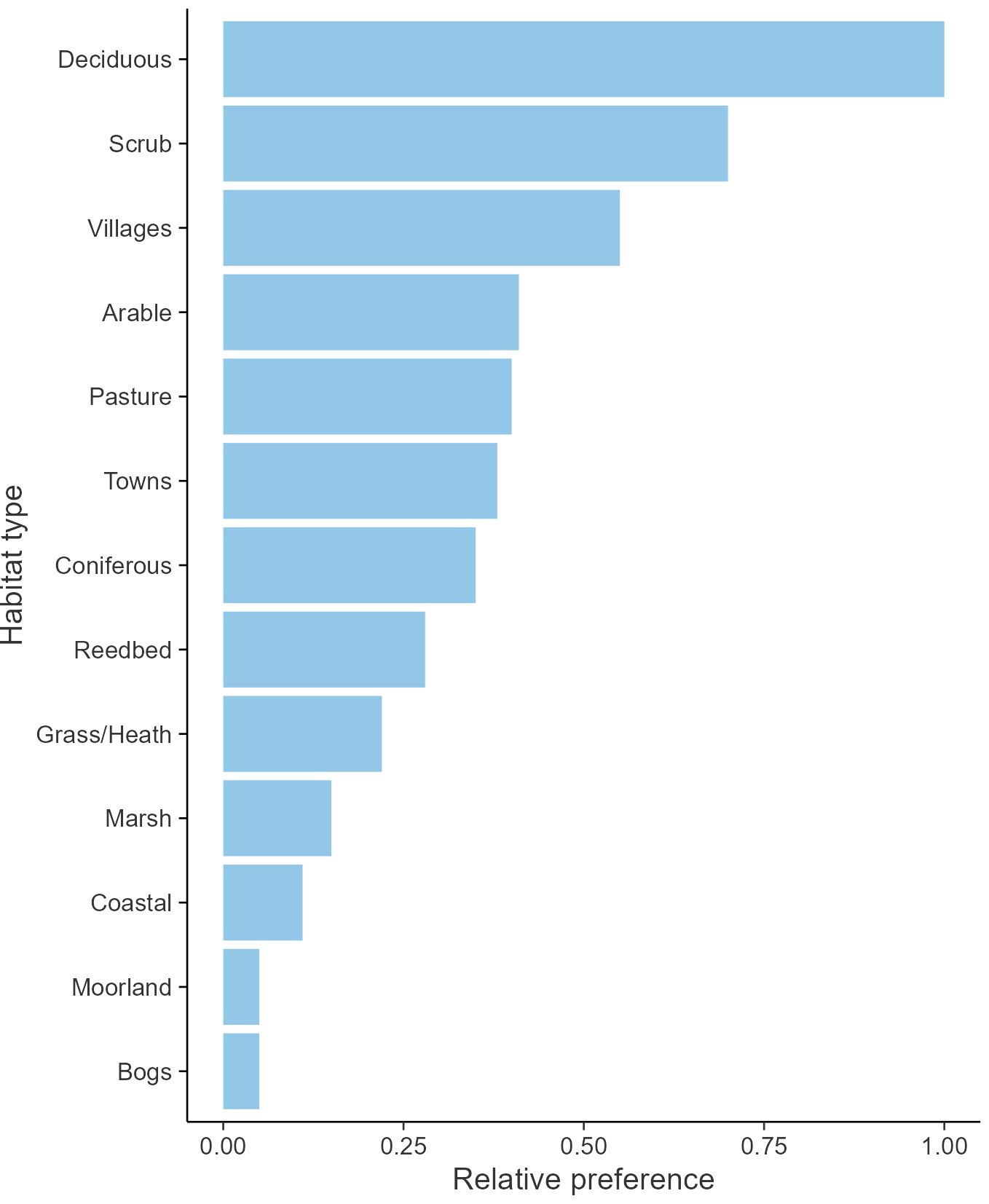
Movement
Britain & Ireland movement
Foreign locations of birds ringed or recovered in Britain & Ireland
Dots show the foreign destinations of birds ringed in Britain & Ireland, and the origins of birds ringed overseas that were subsequently recaptured, resighted or found dead in Britain & Ireland. Dot colours indicate the time of year that the species was present at the location.
- Winter (Nov-Feb)
- Spring (Mar-Apr)
- Summer (May-Jul)
- Autumn (Aug-Oct)

European movements
EuroBirdPortal uses birdwatcher's records, such as those logged in BirdTrack to map the flows of birds as they arrive and depart Europe. See maps for this species here.
The Eurasian-African Migration Atlas shows movements of individual birds ringed or recovered in Europe. See maps for this species here.
Biology
Productivity and Nesting
Nesting timing
Egg measurements
Clutch Size
Incubation
Fledging
Survival and Longevity
Survival is shown as the proportion of birds surviving from one year to the next and is derived from bird ringing data. It can also be used to estimate how long birds typically live.
View number ringed each year in the Online Ringing Report.
Lifespan
Survival of adults
Survival of juveniles
Biometrics
Wing length and body weights are from live birds (source).
Wing length
Body weight
Ring Size
Classification, names and codes
Classification and Codes
- Order: Passeriformes
- Family: Sylviidae
- Scientific name: Sylvia atricapilla
- Authority: Linnaeus, 1758
- BTO 2-letter code: BC
- BTO 5-letter code: BLACA
- Euring code number: 12770
Alternate species names
- Catalan: tallarol de casquet
- Czech: penice cernohlavá
- Danish: Munk
- Dutch: Zwartkop
- Estonian: mustpea-põõsalind
- Finnish: mustapääkerttu
- French: Fauvette à tête noire
- Gaelic: Ceann-dubh
- German: Mönchsgrasmücke
- Hungarian: barátposzáta
- Icelandic: Hettusöngvari
- Irish: Caipín Dubh
- Italian: Capinera
- Latvian: melngalvas kaukis
- Lithuanian: juodagalve devynbalse
- Norwegian: Munk
- Polish: kapturka
- Portuguese: toutinegra-de-barrete
- Slovak: penica ciernohlavá
- Slovenian: crnoglavka
- Spanish: Curruca capirotada
- Swedish: svarthätta
- Welsh: Telor Penddu
- English folkname(s): Haychat, Mock Nightingale
Research
Causes of Change and Solutions
Causes of change
The causes of the increase in this species remain unknown.
Further information on causes of change
According to CES, productivity has fluctuated markedly, obscuring any long-term trend in CES or NRS data. Survival rates have been stable. Using data from France, Julliard (2004) found that population growth rate was under the additive influence of survival and recruitment.
Analysis of phenological data has found that this species advanced its arrival date in the UK, between the 1960s and 2000s, by 18 days ( Newson et al. 2016). This is in line with the trend towards earlier laying, amounting to an advance of almost two weeks since 1968, which may be a response to recent climate change (Crick & Sparks 1999, Croxton et al. 2006). The more rapid increase in Scotland indicated by BBS suggests that climatic warming may be allowing this species to extend its range northwards (Hewson et al. 2007).
Information about conservation actions
The population of this species has increased consistently since the 1970s, hence it is not a species of concern and no conservation actions are currently required.
Conservation actions benefiting other woodland species may also help Blackcap further, particularly those which enhance understorey vegetation and in particular the scrub layer, for example the control of deer numbers to reduce grazing.
Publications (5)
Spatial variation in spring arrival patterns of Afro-Palearctic bird migration across Europe
Author: Border, J.A., Boersch-Supan, P., Pearce-Higgins, J.W., Hewson, C., Howard, C., Stephens, P.A., Willis, S.G., Houston, A., Gargallo, G. & Baillie, S.R.
Published: 2024
The timing of migrant birds’ arrival on the breeding grounds, or spring arrival, can affect their survival and breeding success. The optimal time for spring arrival involves trade-offs between various ...
02.05.24
Papers
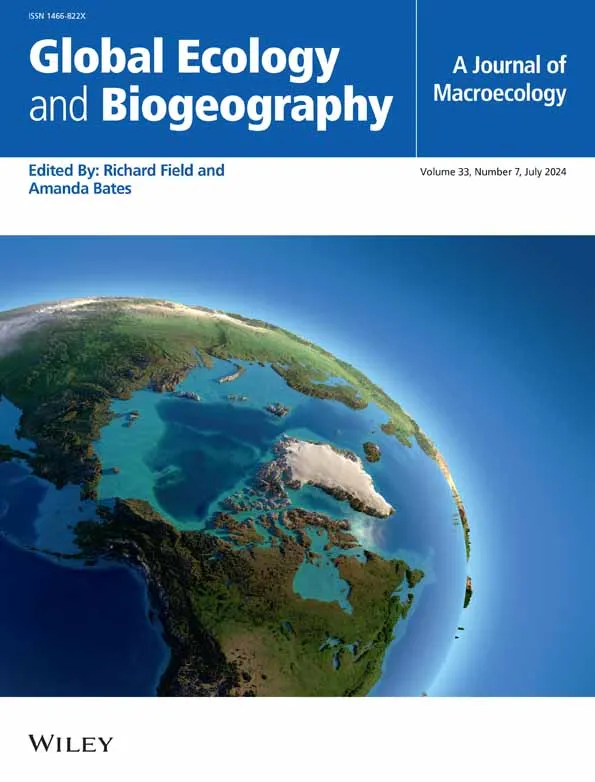
Breeding periods of hedgerow-nesting birds in England
Author: Hanmer, H.J. & Leech, D.I.
Published: Spring 2024
Hedgerows form an important semi-natural habitat for birds and other wildlife in English farmland landscapes, in addition to providing other benefits to farming. Hedgerows are currently maintained ...
05.03.24
BTO Research Reports BTO Research Reports
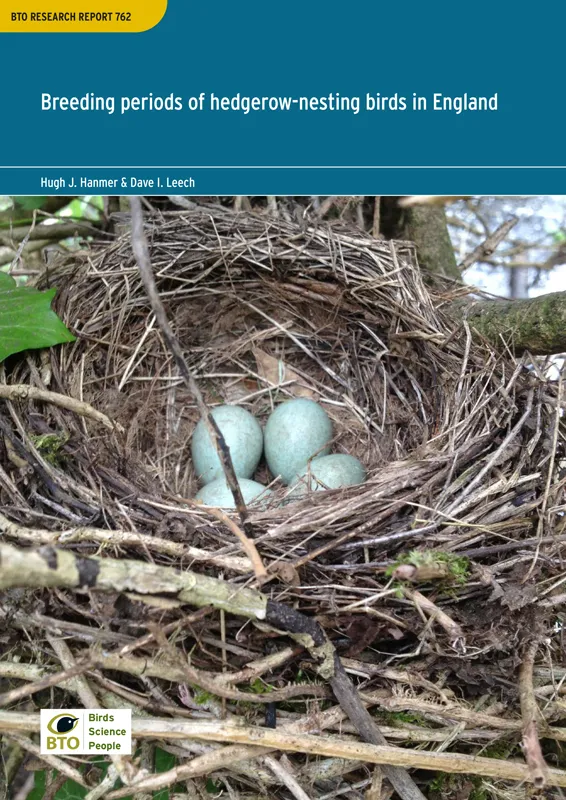
Human activity shapes the wintering ecology of a migratory bird
Author: Van Doren, B.M., Conway, G.J., Phillips, R.J., Evans, G.C., Roberts, G.C.M., Liedvogel, M. & Sheldon, B.C.
Published: 2021
Research involving BTO provides further evidence of how humans are shaping the natural world through simple changes in our own back gardens.
14.04.21
Papers
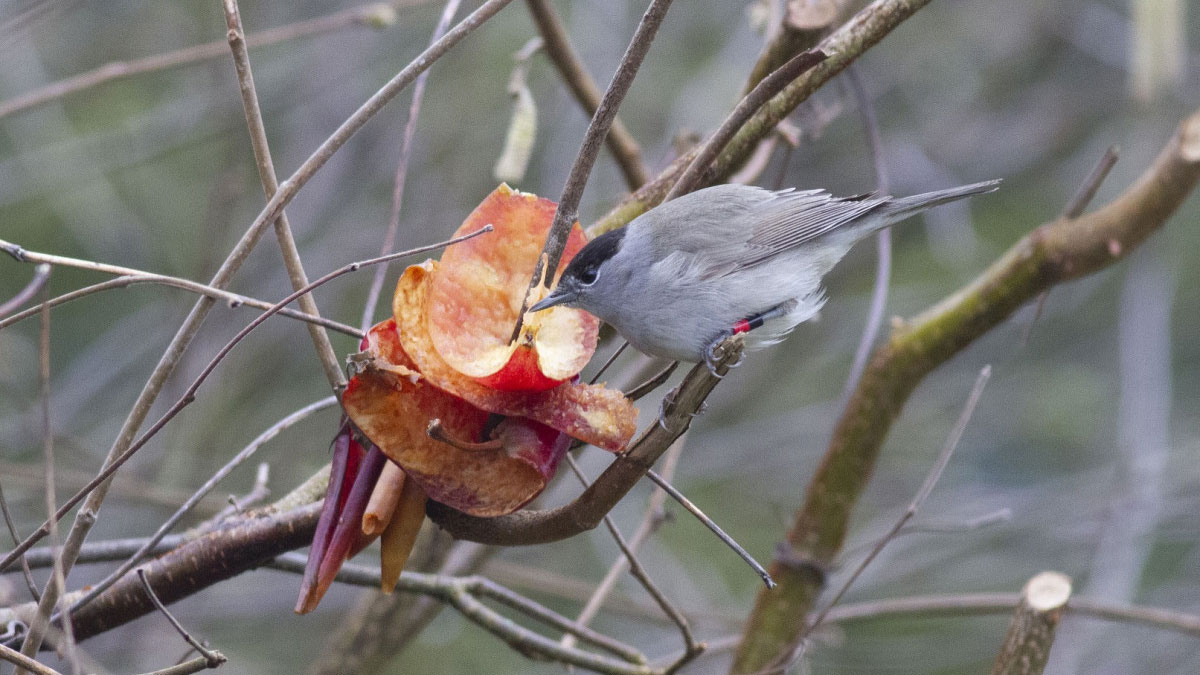
Individual variability and versatility in an eco-evolutionary model of avian migration
Author: Delmore, K.E., Van Doren, B.M., Conway, G.J., Curk, T., Garrido-Garduño, T., Germain, R.R., Hasselmann, T., Dieter Hiemer, D., van der Jeugd, H.P., Justen, H., Ramos, J.S.L., Maggini, I., Meyer, B.S., Phillips, R.J., Remisiewicz, M., Roberts, G.C.M., Sheldon, B.C., Vogl, W. & Liedvogel, M.,
Published: 2020
Collaborative research, involving BTO, used tiny tracking devices to investigate unanswered questions about Blackcap migration.
04.11.20
Papers

Is supplementary feeding in gardens a driver of evolutionary change in a migratory bird species?
Author: Plummer, K.E., Siriwardena, G.M., Conway, G.J., Risely, K. & Toms, M.P.
Published: 2015
New research using data from Garden BirdWatch has revealed that bird food provided in British gardens has helped Blackcaps to rapidly evolve a successful new migration route. This is the first time ...
24.09.15
Papers
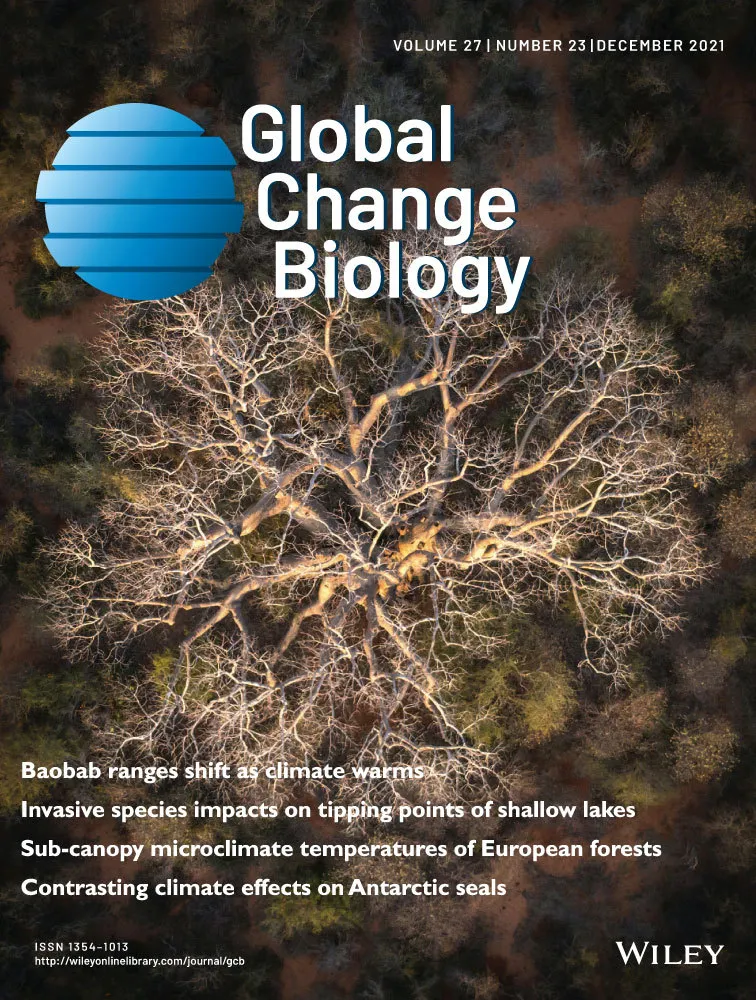
More Evidence
More evidence from Conservation Evidence.com
Partners
Citing BirdFacts
If you wish to cite particular content in this page (e.g. a specific value) it is best to use the original sources as linked in the page. For a more general citation of the whole page please use: BTO (20XX) BirdFacts Species: profiles of birds occurring in the United Kingdom. BTO, Thetford (www.bto.org/birdfacts, accessed on xx/xx/xxxx).

